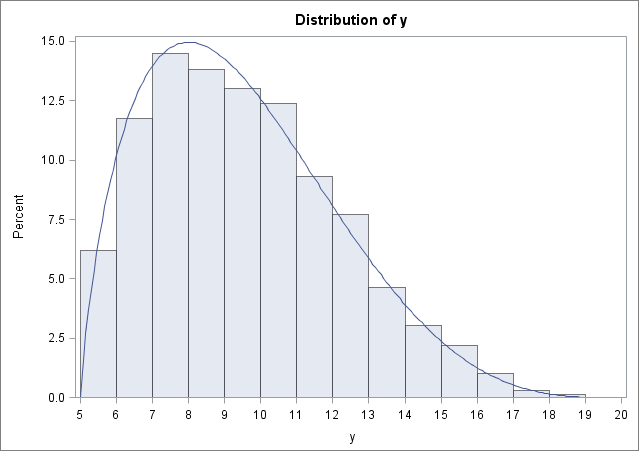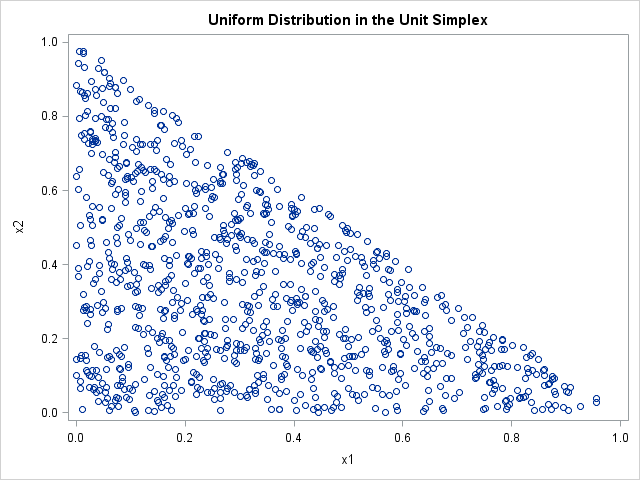
I recently encountered a SUGI30 paper by Chuck Kincaid entitled "Guidelines for Selecting the Covariance Structure in Mixed Model Analysis." I think Kincaid does a good job of describing some common covariance structures that are used in mixed models. One of the many uses for SAS/IML is as a language










